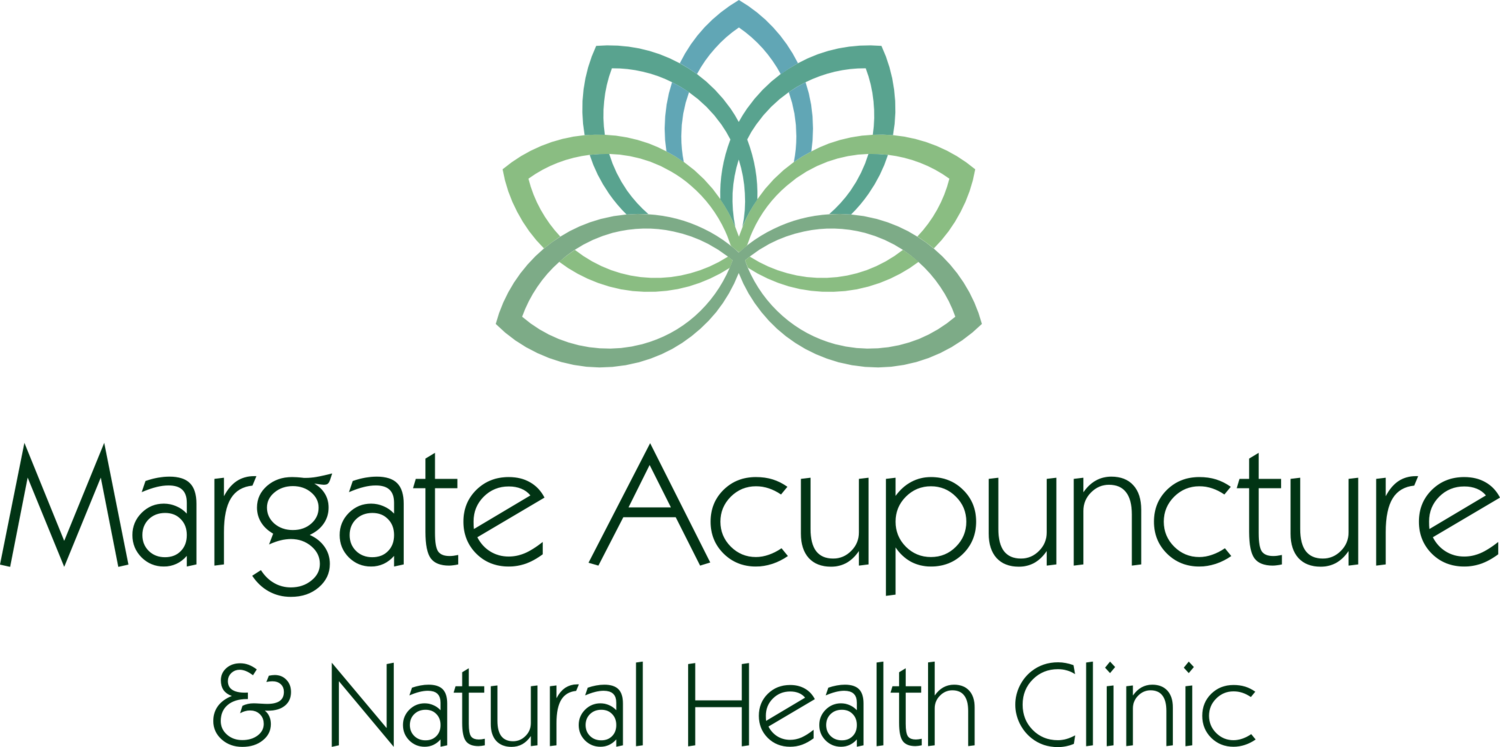ACUPUNCTURE
The main acupuncture style I use is called 'distal acupuncture'. I have learned from the works of both Master Tung and Dr Tan, both famous for their technique of using points far from the site of pain or dysfunction.
There are many reasons why I adopted this approach; it is far more powerful, with often immediate results, compared to TCM that I was taught in college. TCM still works, but results are often slower, and more treatments are required to get the same effect. The patient can usually remain fully clothed, whilst rolling up trousers and sleeves, which is more convenient and comfortable. Also, because we don't needle into the site of pain, there is no risk to causing further pain and inflammation.
Distal Acupuncture: Explained
A very common question heard in all acupuncture clinics is, “Why are acupuncture points often used far from the site of pain?” There is a simple answer to that question and a highly technical one. In this article you’ll learn both.
Dr. Richard Tan’s explanation:
One of the most famous teachers of acupuncture for pain was the late Dr. Richard Tan. He had a simple and poetic example that he’d use with his patients.
"When you wish to turn the light in the room on or off, where is the switch? Is it on the ceiling next to the light or is it at a distant location on the wall? We needle where the switch is."
Dr. Tan was an epic healer who had people lining up to get treatment. His kind of popularity doesn’t happen by accident, it happened because he was an expert at needling points far from the source of pain. His work is an inspiration to thousands of acupuncturists and his education has helped millions of people.
The poetic analogy he gives satisfies most people but many of us want to know why “needling the switch” works. That’s a bit more technical of an answer: So hang on tight!
Scientific explanation
We know through scientific research that distal acupuncture works not only better than a placebo but also better than local points. It is no mystery on why local points work, by stimulating blood flow to the area. But for quite a while science was not advanced enough to figure out why distal needling worked so well.
There are many excellent theories as to why distal needling works but the leading theory of how it works scientifically, has to do with how the body develops from an embryo to a foetus, then to a baby. The body, as it develops, goes through an unraveling process where you begin as a ball-like glob with each separate part of your body once part of one whole. Notice in the photo below how the tail bone is near the face, the shoulder near the ankles, etc. As the body unravels in it’s development the glob separates its physical connections however the neurological connection between those parts remain. “Therefore if a needle is placed into the wrist, it will send impulses to the midbrain, which releases chemicals to open up the blood vessels of the areas that the wrist was once connected to as a fetus.” (thank you Rodney Capriotti)
The embryological theory of acupuncture is quite extensive and well researched and the science of acupuncture is exploding. A book that is rapidly becoming required reading by all acupuncturists is The Spark In the Machine by Daniel Keown, an ER doctor turned acupuncturist. I recommend all acupuncturists read this book but also other medical practitioners and even the general public. His writing isn’t too technical and can be quite the eye opener to the truly curious patient who wants to understand their own body from a perspective they never considered.
